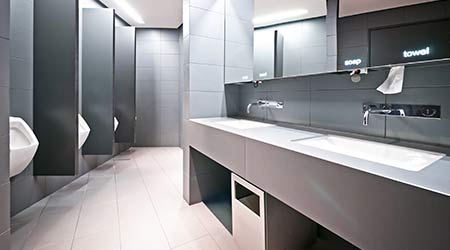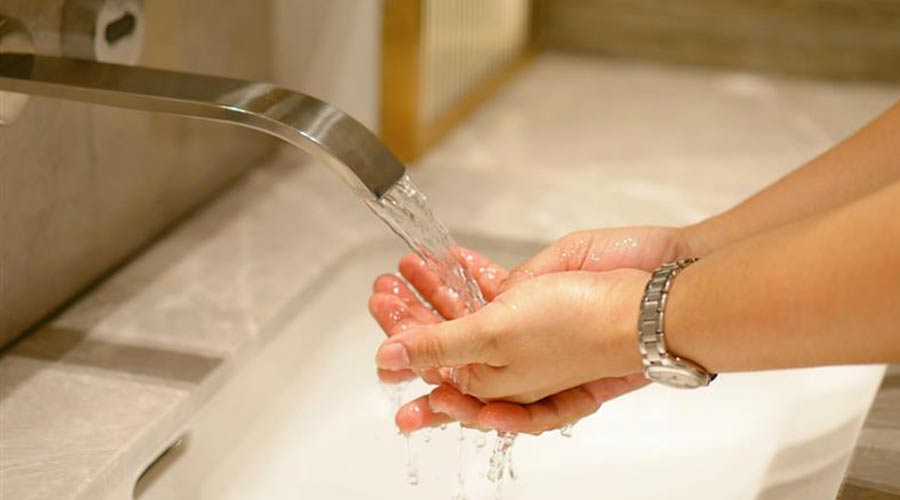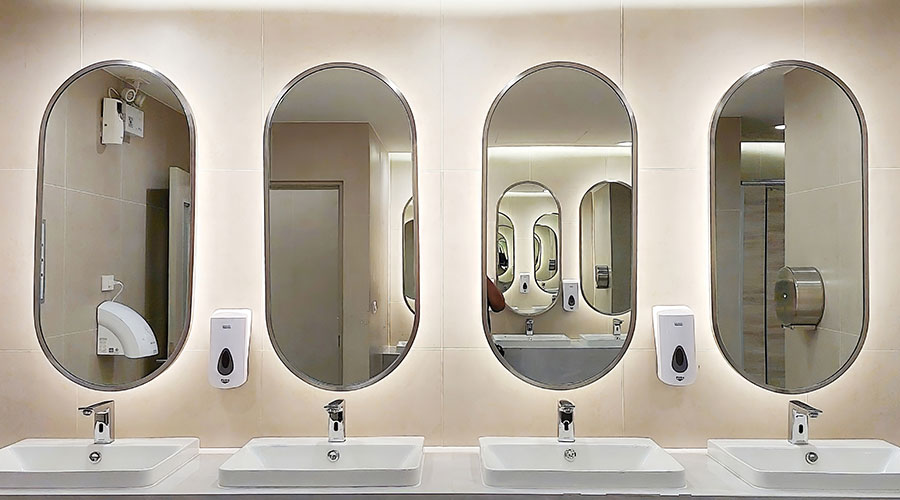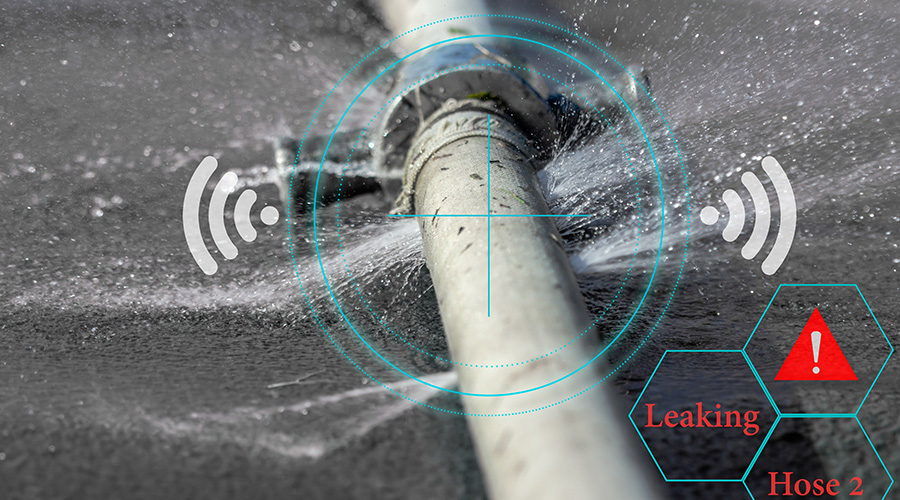 By understading product options, facility needs and user expectations, managers can deliver upgrades that benefit an organization's bottom line.
By understading product options, facility needs and user expectations, managers can deliver upgrades that benefit an organization's bottom line.Laying the Groundwork for Successful Upgrades
Managers who plan projects based on water use, life-cycle costs and compliance issues can deliver bottom line benefits.
Maintenance and engineering managers involved in the decision to upgrade restrooms in institutional and commercial facilities are generally motivated by several common goals. Many might want to curtail water uses in an effort to control utility costs. Many also want to implement a restroom and plumbing system design that reduces maintenance costs by making it easier to clean the restrooms and perform needed repairs.
User complaints sometimes motivate managers to seek an updated restroom that offers improved hygiene. Or they might want to upgrade the overall image of the restroom to bring it in line with the rest of the facility.
For managers to achieve these and other goals related to restroom upgrades, they will have to take a strategic and comprehensive approach to the planning process. Following the same processes they followed for past upgrades will only give them the same results. Poor decision making can lead to unnecessarily high operating and maintenance costs, restroom and plumbing materials and finishes that require more frequent replacement, an increase in user complaints, and increased health and safety risks.
But careful planning, detailed specifications and an understanding of key factors related to restroom needs can help managers achieve their goals without causing problems for the organization’s bottom line.
Water watch
Before managers can make the case for a plumbing retrofit, they need to understand both the big picture and the details of water use throughout their facilities. Without this data, managers cannot identify the upgrade steps that will produce the highest rate of return for the investment.
Similar to energy audits, water audits examine a operations that are tied to systems and processes that use water. The audit starts with a walk-through of the facility, which enables the inspector to identify and quantify every point where water is used, including domestic, sanitary, mechanical systems, process, and landscaping. This scope goes beyond restrooms and is essential in understanding the facility’s overall water use and conservation opportunities.
The identification of water-use points is rather straightforward, but it can be challenging to quantify the amount of water used at those points. Quantifying use is critical to selling the program in terms of its economic benefits. Without it, the retrofit evolves from a smart-to-do project to one that is simply nice to do.
To quantify water savings and payback, managers need to determine the current cost of water, the use rate of all fixtures and equipment, the installed cost for all replacement fixtures and equipment, and the number of days the facility operates annually.
Related Topics:














